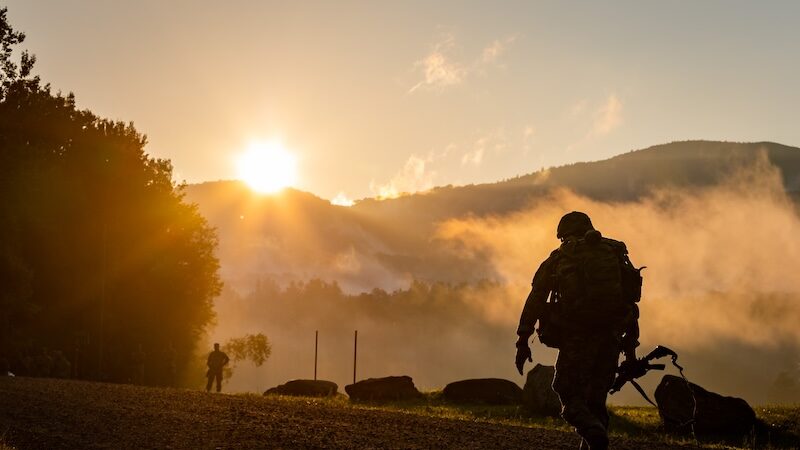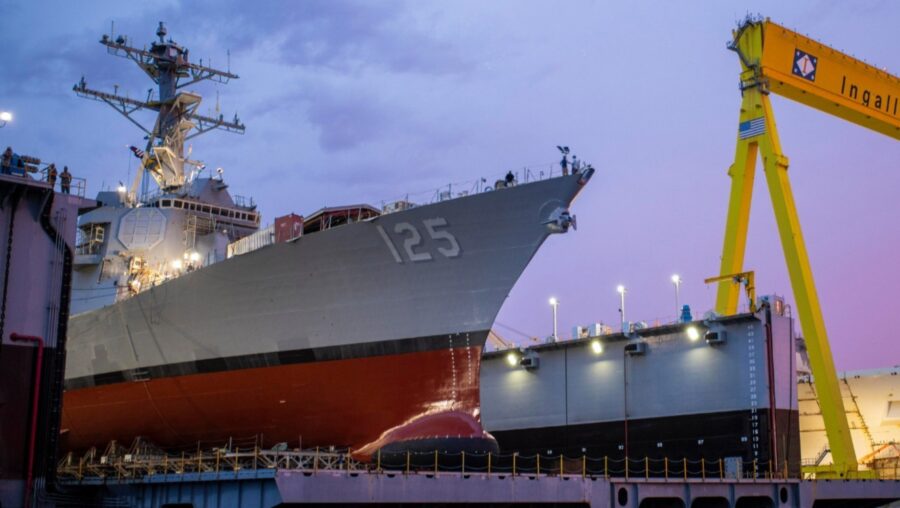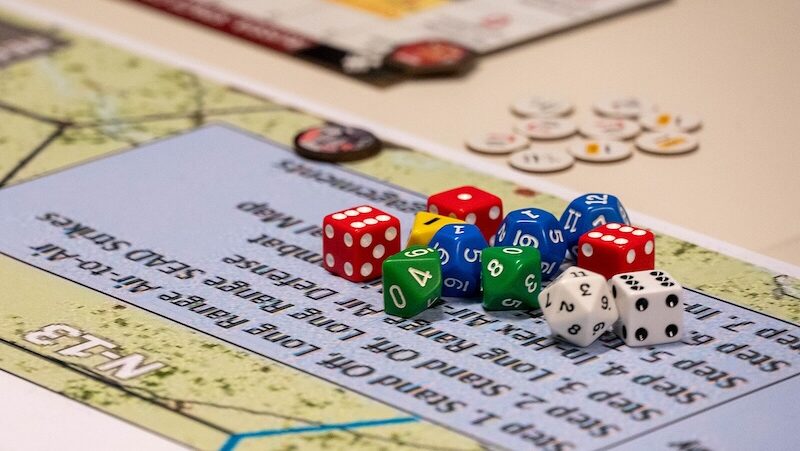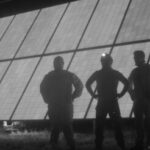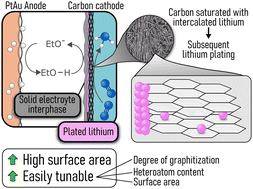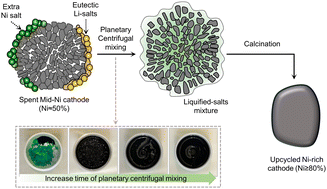The Navy’s dynamic sub-hunting duo
Future operations will lean on manned-unmanned platforms—MQ-4C Triton and Boeing’s P-8A—and a single digital dashboard.

Platforms like Northrop Grumman’s MQ-4C Triton and Boeing’s P-8A Poseidon siphon a lot of data from their environment in real time.To make sense of it all and create a comprehensive intelligence and surveillance picture, the Navy uses Minotaur software to stitch several systems together—cameras, communications systems, and radars.
“That Minotaur framework is the same framework that will be installed on the future P-8A increment 3 aircraft that are currently under development. So in a future world where we already have that framework on Triton, [the upgraded Poseidon] will adopt that framework. An operator on a Triton will have all the feeds that are provided by a Triton as well as P-8A…Support staff on the deck will have that same feed. So they'll see, in real time, what all the operators are seeing across the board,” said Capt. Josh Guerre, program manager for the Navy’s persistent maritime unmanned aircraft systems office.
The Navy split up the Triton program, which is based on the RQ-4 Global Hawk and will replace the EP-3E, into three increments, from initial capability to mission-ready “enhancements.”
A typical day for an intelligence, surveillance, reconnaissance aircraft means flying for several hours at high altitude—about 50,000 feet for Triton—using its sensors to scan open water and coastal areas. That creates a ton of data.
“There are thousands of contacts that you're registering with thousands of data sources coming in. So if an operator has to go in and click on each one to [visually] ID that to then understand what that is—that's very labor intensive,” Guerre told reporters, discussing the use for AI solutions. “What I see in the future is a system that can help narrow that down significantly: what are you looking for, what vessel length, what breadth. And then you put those parameters in, and it's able to narrow in and say, ‘Hey, here are the 10 out of the 1,000 that fall within your description. Then you can go in and narrow in on those. So it's really about resource management, where I believe we're going to succeed” in the next five years.
The Triton program now has 25 operational aircraft and one test aircraft. In fiscal year 2028, the Navy plans to deliver the first two units of its electro-optical/infrared camera upgrade, increment 2, which has a better turret and wide-area search mode allowing the camera to be used for video, stills and to “search for both sea-based targets as well as littoral land-based targets, where you can actually use the camera almost like a radar,” Guerre said. “That will correlate back into your overall [common operating picture], where you're receiving queuing from all these different sources.”
The plan is to retrofit all the Triton aircraft in the program to have the same kit over five years.
Triton has sea-worthy upgrades from the Global Hawk, including a hardened fuselage and other features that allow it to transit weather layers and fly in icy conditions. But it's the sensor suite of signals intelligence systems—including a multi-function active system radar, synthetic aperture radar, and electro-optical/infrared camera to detect moving ships on the water—that create the foundation for manned-unmanned teaming.
Northrop Grumman wants to use that “synergy” to expand Triton overseas to militaries with or looking to buy P-8As, and there are already discussions ongoing with Norway, Brad Champion, Northrop Grumman’s MQ-4C Triton enterprise director, told reporters.
“Any country that has a P-8A, we try to get in and show them the value of that manned-unmanned teaming,” Champion said. “From a U.S. Navy perspective, there's a lot of synergies between the operators, between P-8A and a Triton. The training aspect…there's common operators between those platforms. Other nations that are responsible for large maritime environments that have P-8A, they can benefit from that same synergy as well.” ]]>
























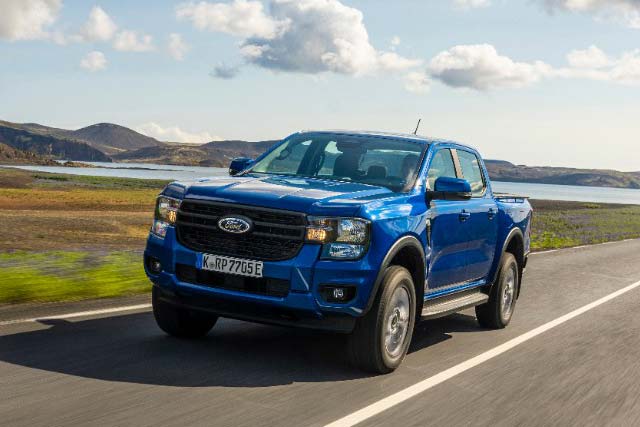



















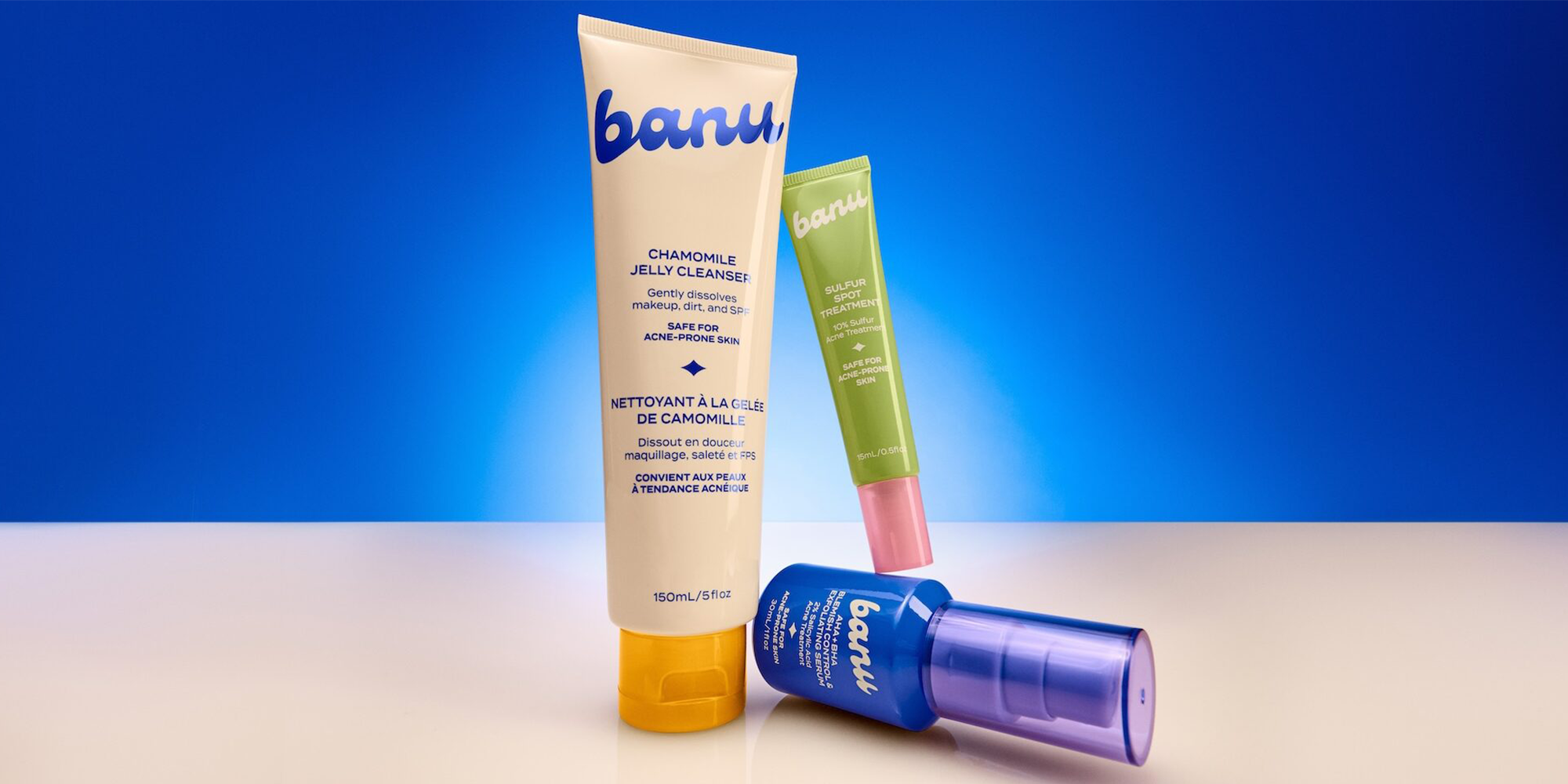











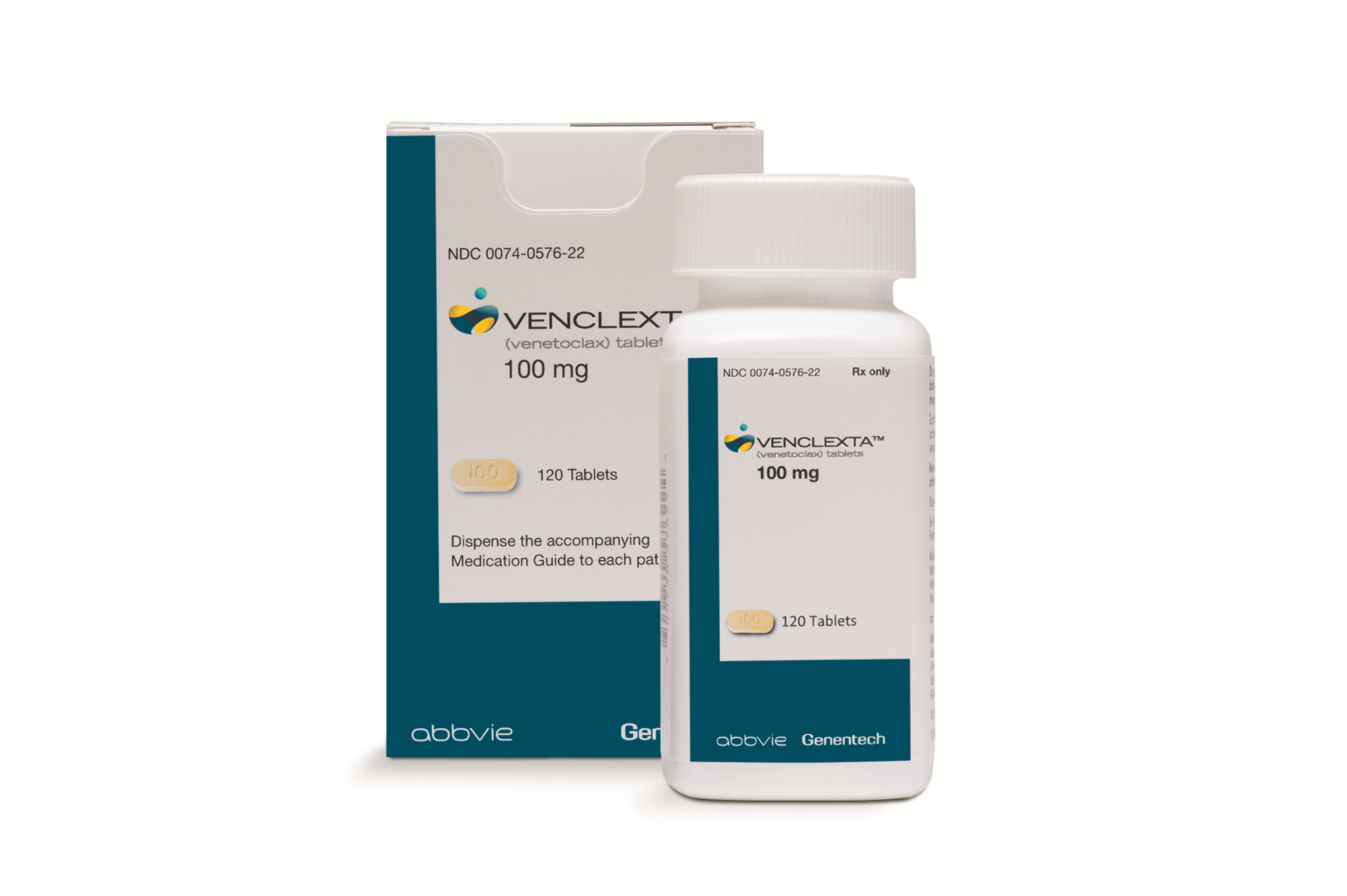
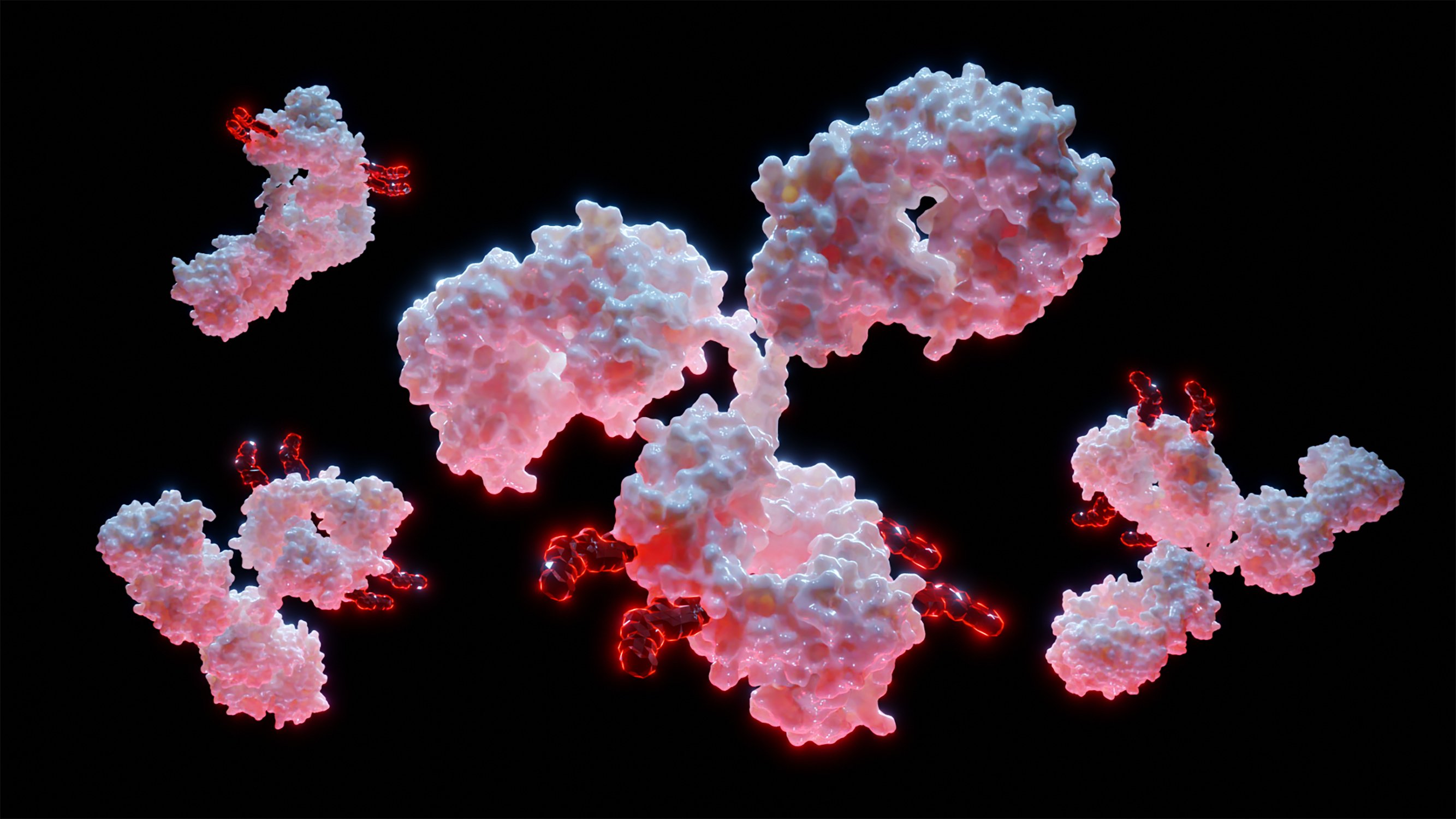
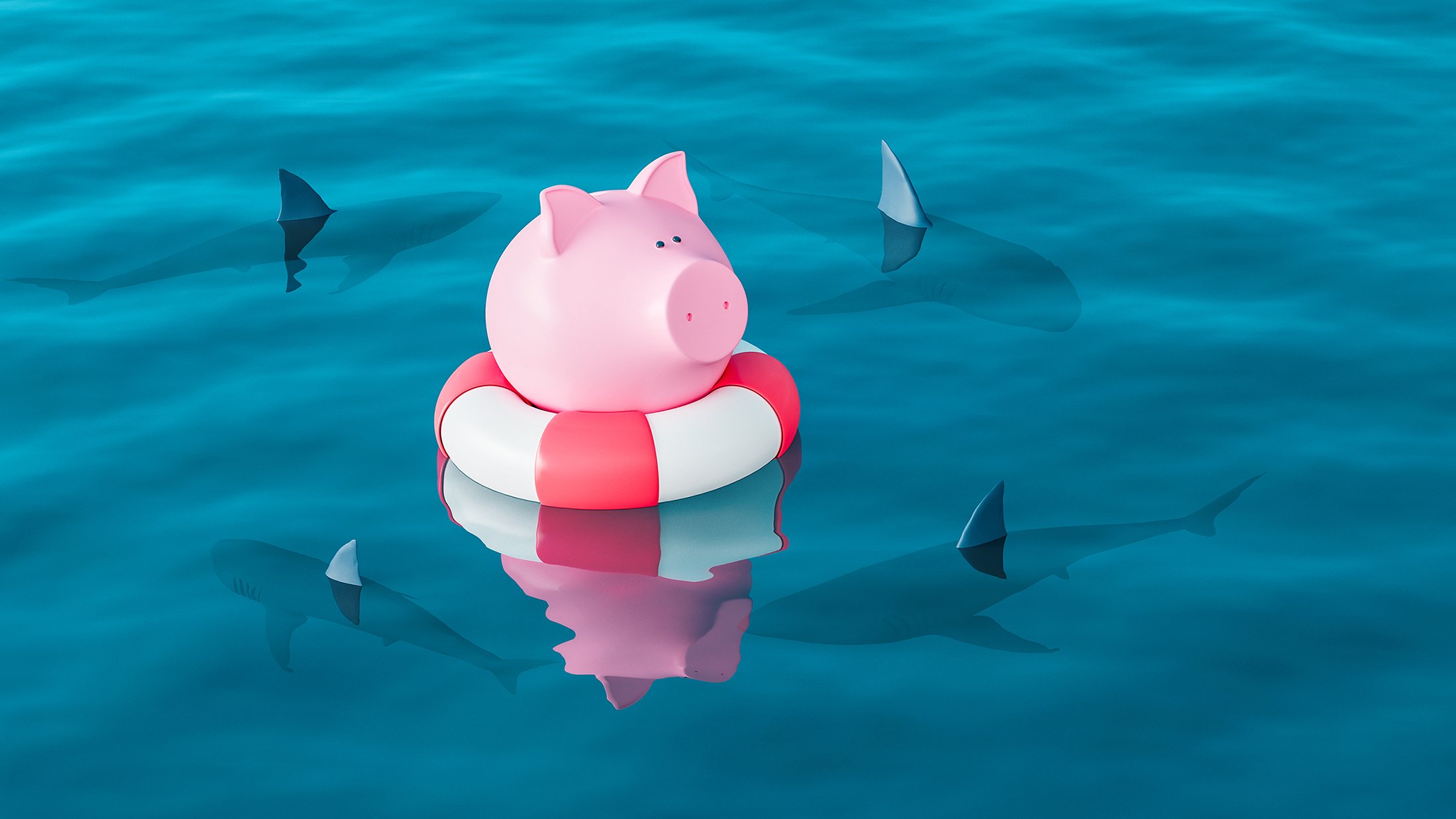







































![[Updated] U.S. Air Force Mobilizes F-22s and F-35s as Situation in Middle East Escalates](https://theaviationist.com/wp-content/uploads/2025/06/F-22_F-35_CENTCOM-top.jpg)

![[Updated] Sudden Deployment of Dozens of U.S. Air Force Tankers Raises Questions](https://theaviationist.com/wp-content/uploads/2025/03/Stratotanker100Years_2-e1750080240327.jpg)




